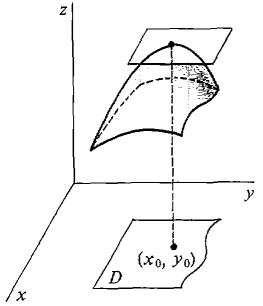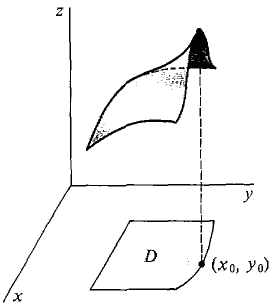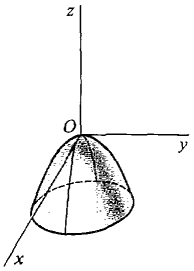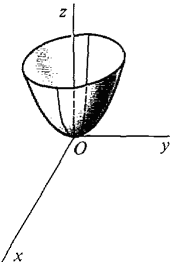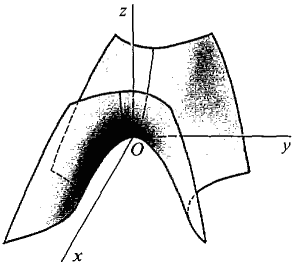| The ebook Elementary Calculus is based on material originally written by H.J. Keisler. For more information please read the copyright pages. |

|

Home  Partial Differentiation Partial Differentiation  Maxima and Minima Maxima and Minima  Critical Point Theorem Critical Point Theorem |
||||||||||||||||||||||||||||||






|
||||||||||||||||||||||||||||||
Critical Point Theorem
CRITICAL POINT THEOREM Suppose the domain of z = f(x, y) is a closed region D and f is smooth at every interior point of D. If f has a maximum or minimum at i(x0,y0), then either
Figure 11.7.2 illustrates the two cases when f has a maximum at (x0, y0). An interior point where both partial derivatives are zero is called a critical point. Thus a critical point is a point where the tangent plane is horizontal. On the graph of a surface, an interior point looks like a mountain summit if it is a maximum and a valley bottom if it is a minimum. The theorem states that every interior maximum or minimum is a critical point. An interesting kind of critical point which is neither a maximum nor a minimum is a saddle point, which looks like the summit of a pass between two mountains.
Table 11.7.1 gives three simple examples of critical points, one maximum, one minimum, and one saddle point. They are illustrated in Figure 11.7.3. PROOF OF THE CRITICAL POINT THEOREM Suppose f has a maximum at an interior point (x0, y0) of D. (x0, y0) is not a boundary point so we must prove (i). The function g(x) = f(x, y0) is differentiable and has a maximum at x0. By the Critical Point Theorem for one variable, g'(x0) = fx(x0, y0) = 0. Similarly fy(x0, y0) = 0.
|
||||||||||||||||||||||||||||||
Home  Partial Differentiation Partial Differentiation  Maxima and Minima Maxima and Minima  Critical Point Theorem Critical Point Theorem |
||||||||||||||||||||||||||||||
Last Update: 2006-11-05


